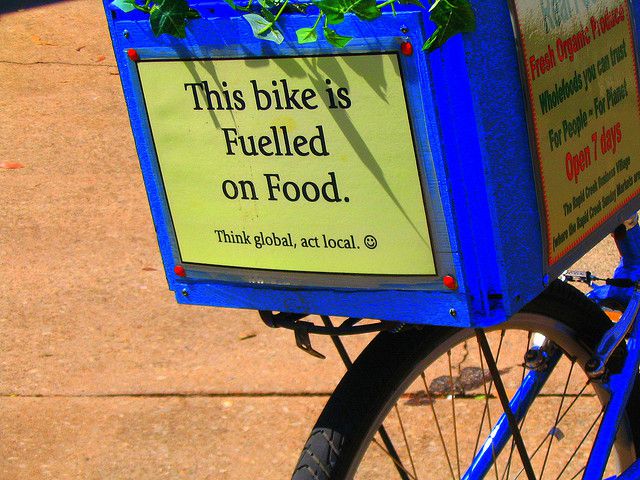-
 Gray
Gray
-
 Staphylococcus aureus
Staphylococcus aureus
-
 Missing link
Missing link
-
 Chikungunya virus
Chikungunya virus
-
 Mars Reconnaissance Orbiter
Mars Reconnaissance Orbiter
-
 Barbs
Barbs
-
 Rootkit
Rootkit
-
 Bomb
Bomb
-
 Analogy
Analogy
-
 Abzyme
Abzyme
-
 Demyelination
Demyelination
-
 Specific impulse
Specific impulse
-
 Lychee
Lychee
-
 Trypanosomiasis
Trypanosomiasis
-
 Oyashio Current
Oyashio Current
-
 Microgranular rock
Microgranular rock
-
 Penis
Penis
-
 Soft acid
Soft acid
-
 Demersal
Demersal
-
 Vulva
Vulva
-
 Google
Google
-
 Gaviiformes
Gaviiformes
-
 Cuprate
Cuprate
-
 Appendicitis
Appendicitis
-
 Gill rakers
Gill rakers
-
 Poikilotherm
Poikilotherm
-
 Autumn Crocus
Autumn Crocus
-
 Oviduct
Oviduct
-
 Citric acid cycle
Citric acid cycle
-
 Cystic Fibrosis
Cystic Fibrosis
Bioenergy
Bioenergies are all of the energies derived from the conversion of solar energy into biomass by biological processes, in other words by photosynthesis.
Under sustainable operating conditions, these energies are considered to be renewable and carbon neutral.
Different types of bioenergies
Specifically, bioenergies include:
- wood energies, generated by the production of organic matter from trees and extracted by forestry operations. These are essentially solid wood fuels, but there are processes for producing liquid or gaseous fuels;
- agroenergies, generated from agricultural production through the conversion crops, by-products and agricultural waste into solid fuels (straw), liquid fuels (biofuels) or gaseous fuel (biogas);
- energies from algae biomass, collected locally or through algaculture in ponds or in reactors. This biomass is then converted into biofuel or biogas;
- energies produced from organic, domestic and industrial waste. The latter are used either by combustion with cogeneration of thermal and electric energy, or by methanisation and transformation into biogas;
- muscle energy of pack-saddle, draught or riding animals, as well as that of man: walking, rowing, cycling, etc. Alongside wood energy, muscle energy is the oldest form of energy used by man. This energy is still important in many developing countries, especially in rural environments.
Finally, it should be noted that in some contexts, the term bioenergy covers all renewable energies, considered to be dynamic energies (flux), as opposed to fossil energies (stock).
 Muscle energy is a bioenergy. This bicycle is propelled using the energy provided by food. Think globally, act locally. © davidfntau CC by-nc-sa 2.0
Muscle energy is a bioenergy. This bicycle is propelled using the energy provided by food. Think globally, act locally. © davidfntau CC by-nc-sa 2.0
Latest
Fill out my online form.



